overleaf template galleryLaTeX templates and examples — Recent
Discover LaTeX templates and examples to help with everything from writing a journal article to using a specific LaTeX package.
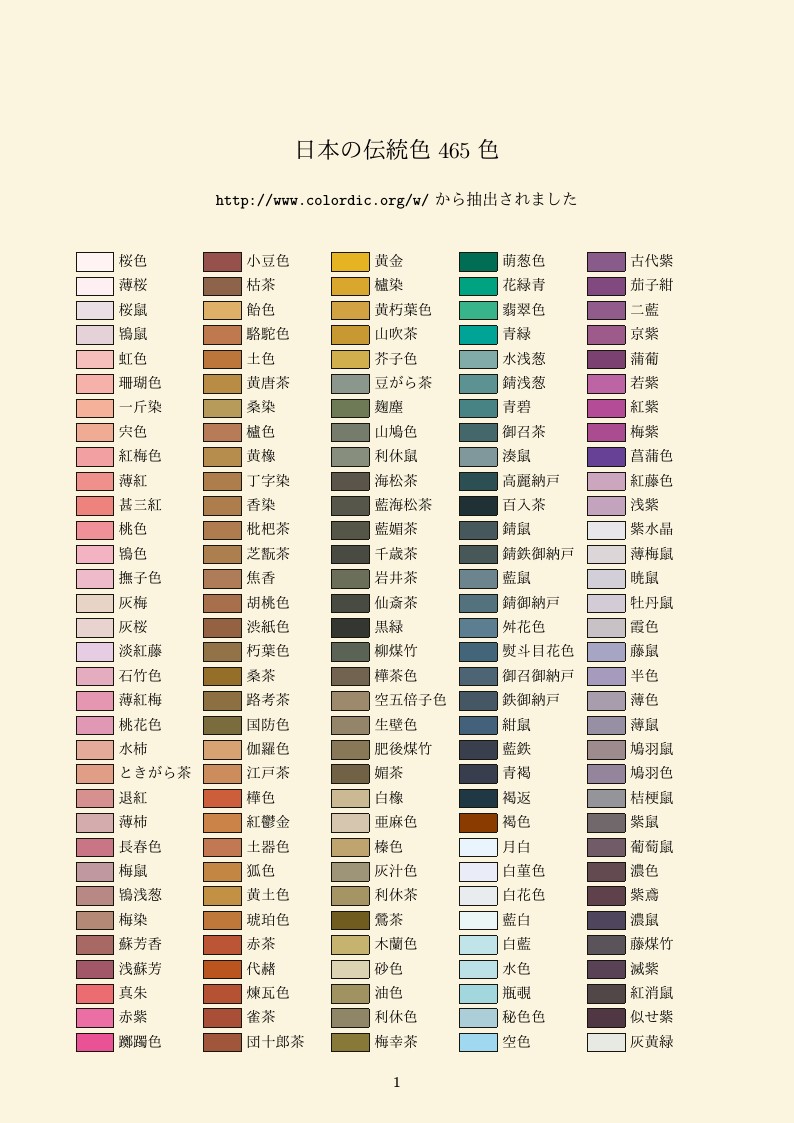
xcolor names can contain CJK characters! So here are some Chinese and Japanese traditional colour names like 丁香色, 御召御納戸 . CJK-related packages not required if your document doesn't need to display any CJK text.
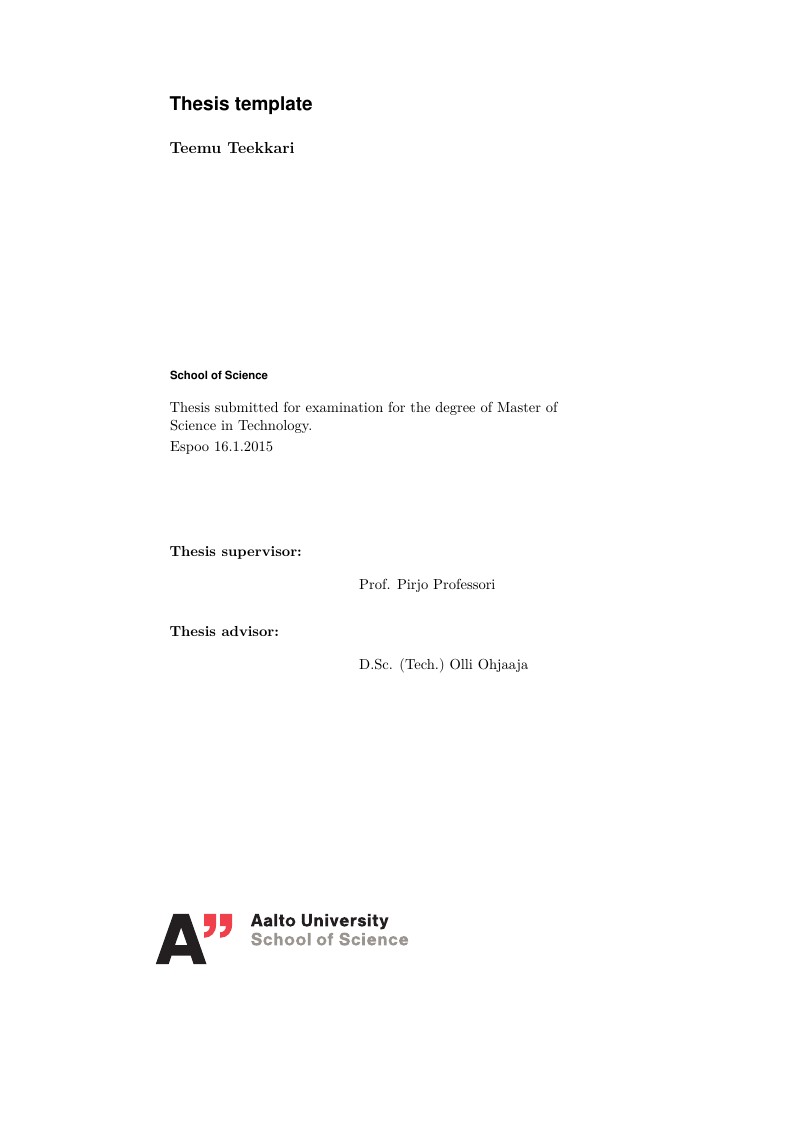
Aalto University bachelor's, master's and licentiate thesis template, as retrieved on 30 May 2017 with minor modifications to the English latex file for compilation. Select either Finnish or English `.tex' file as main file and add in your content. Submitted after a written agreement with the current maintainer of the original files. COPYRIGHT 2015, by Luis R.J. Costa, luis.costa@aalto.fi. Swedish translations (2014) by Elisabeth Nyberg, elisabeth.nyberg@aalto.fi and Henrik Wallén, henrik.wallen@aalto.fi. changes by Perttu Puska perttu.puska@aalto.fi. URL: https://wiki.aalto.fi/display/Aaltothesis/ Aalto logo package is used under terms of Creative Commons Attribution No-Derivative license. The attribution details are as follows: Copyright: Aalto University Marketing and Communications visu(a)aaltouniversity.fi Created and maintained by: Tapani Pihlajamäki and Jussi Pekonen Department of Signal Processing and Acoustics Aalto University School of Science and Technology Maintained (2017-) by: Martin Vermeer Department of the Built Environment Aalto University School of Engineering URL: https://wiki.aalto.fi/display/aaltolatex/
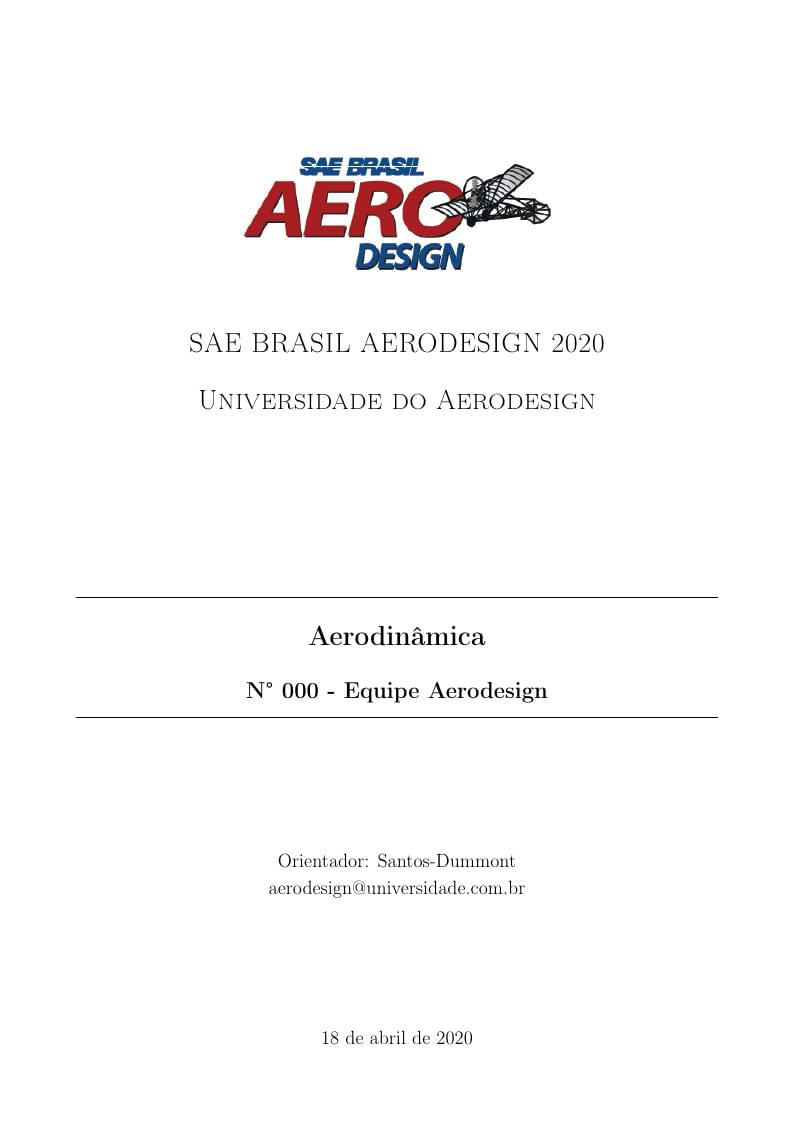
Modelo para ser utilizado como referência pelas equipes participantes da Competição SAE Brasil Aerodesign
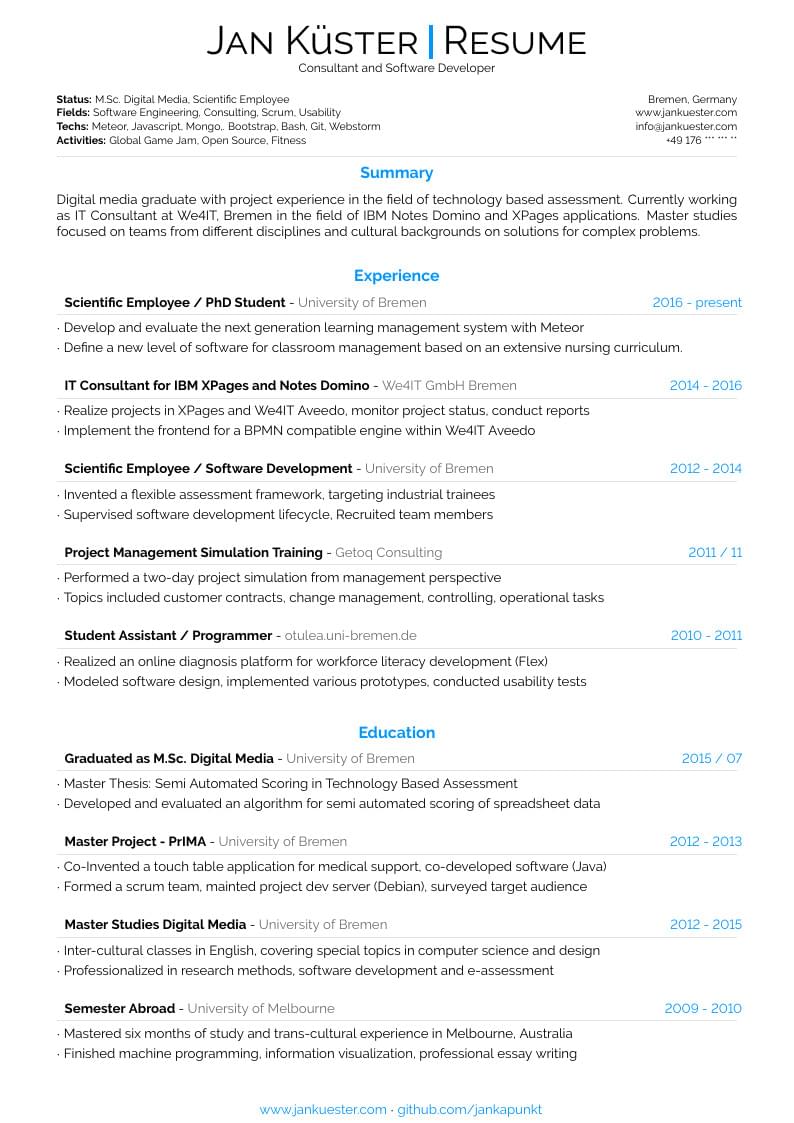
Classic CV one-page template, from https://github.com/jankapunkt/latexcv
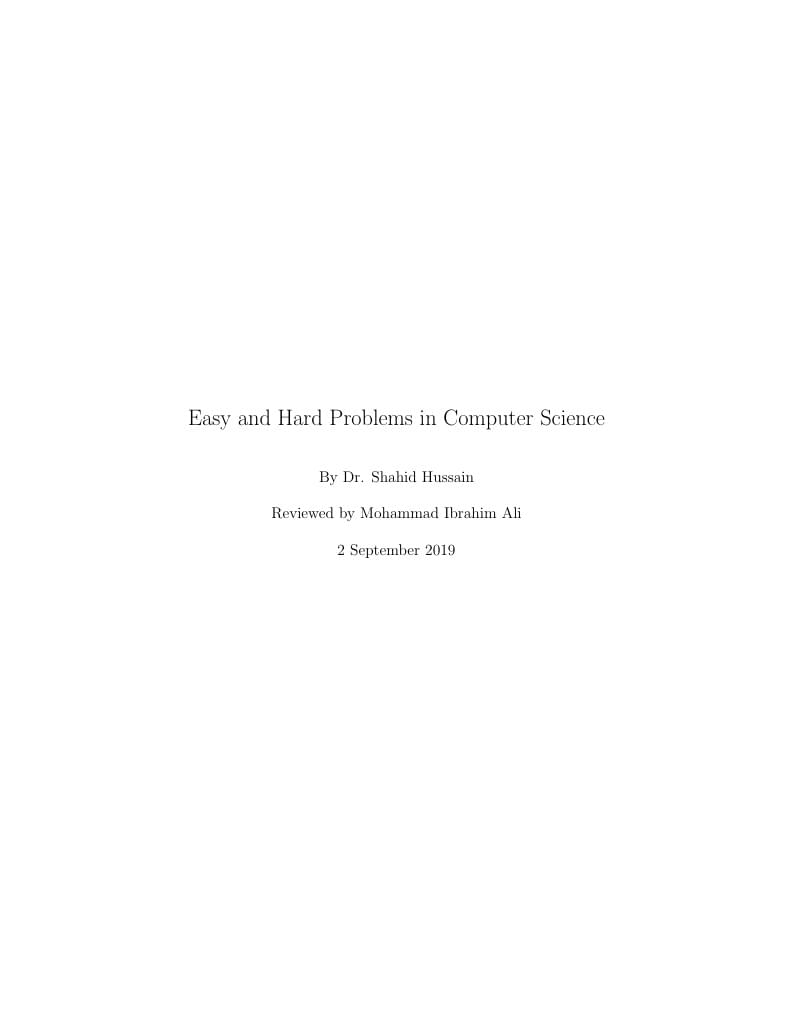
The report explains the second lecture of the CS Freshmen Lecture Series, conducted by Habib University.
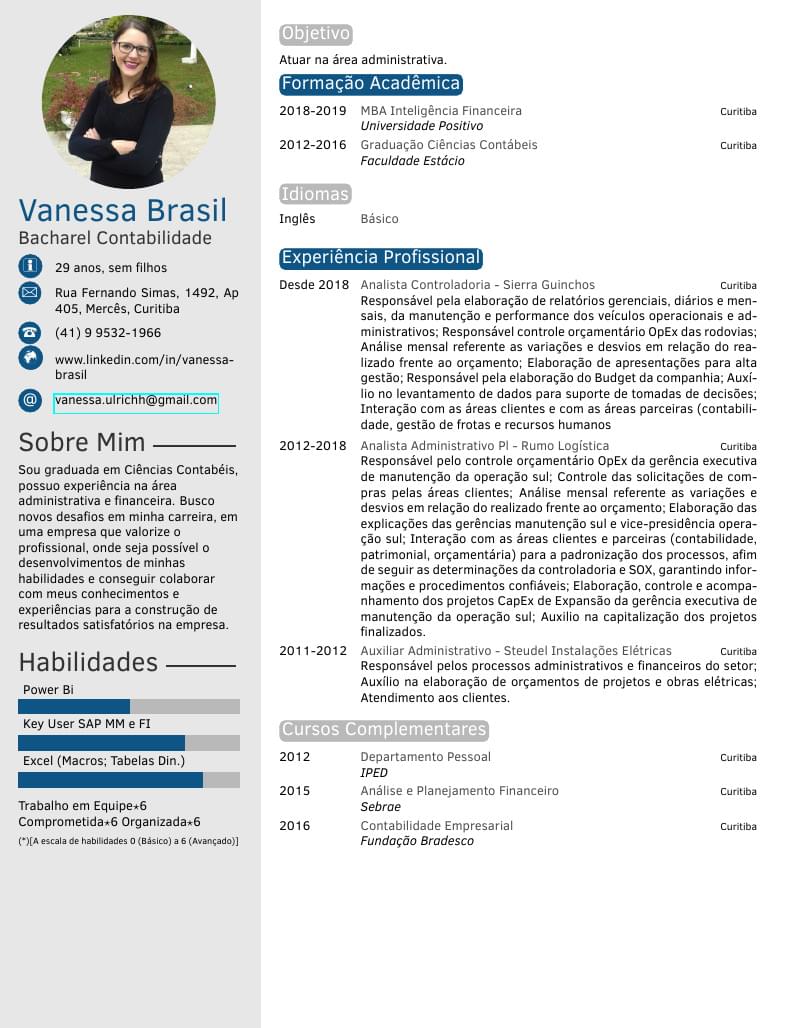
Vanessa Ulrich Brasil's CV. Created with the TwentySeconds CV template.
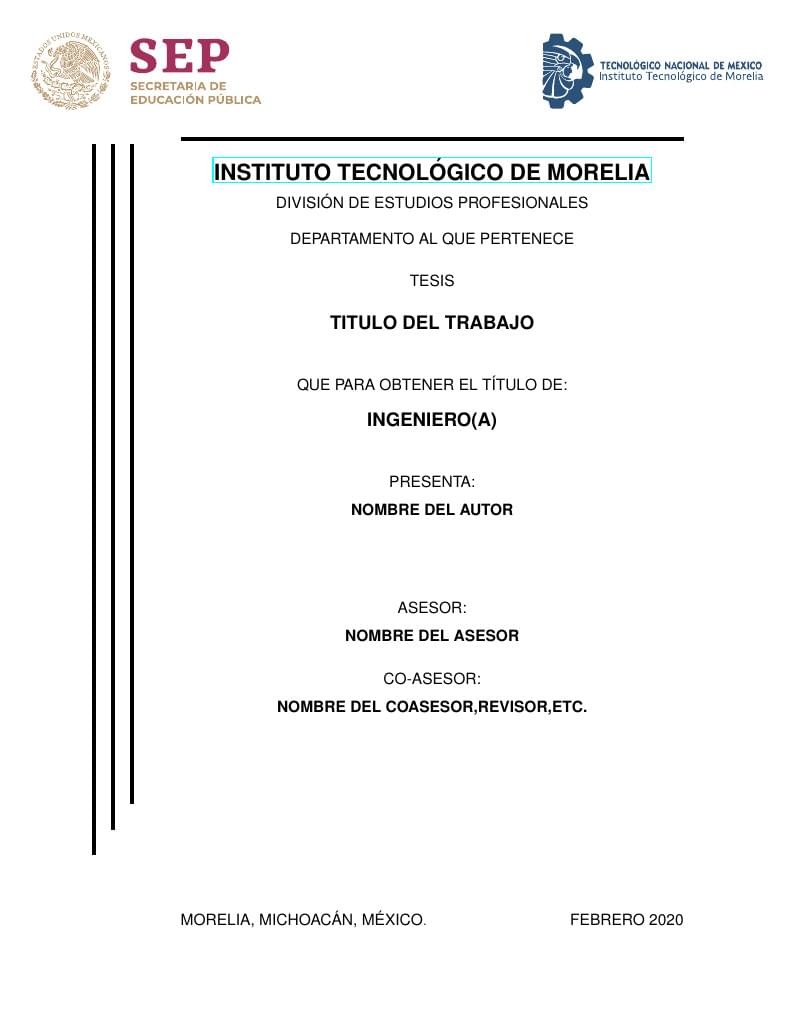
Plantilla para tesis de licenciatura con los requerimientos del departamento de estudios profesionales del Instituto Tecnológico de Morelia (no oficial)

A template for creating a PhD thesis following the guidelines from UoB. Created 2020. main.tex is the top level for the document. Chapters are created in their own chapter folder. packages.sty is where packages etc. are defined. Contains a lot of functionality and customisable options, everything can be altered as desired.
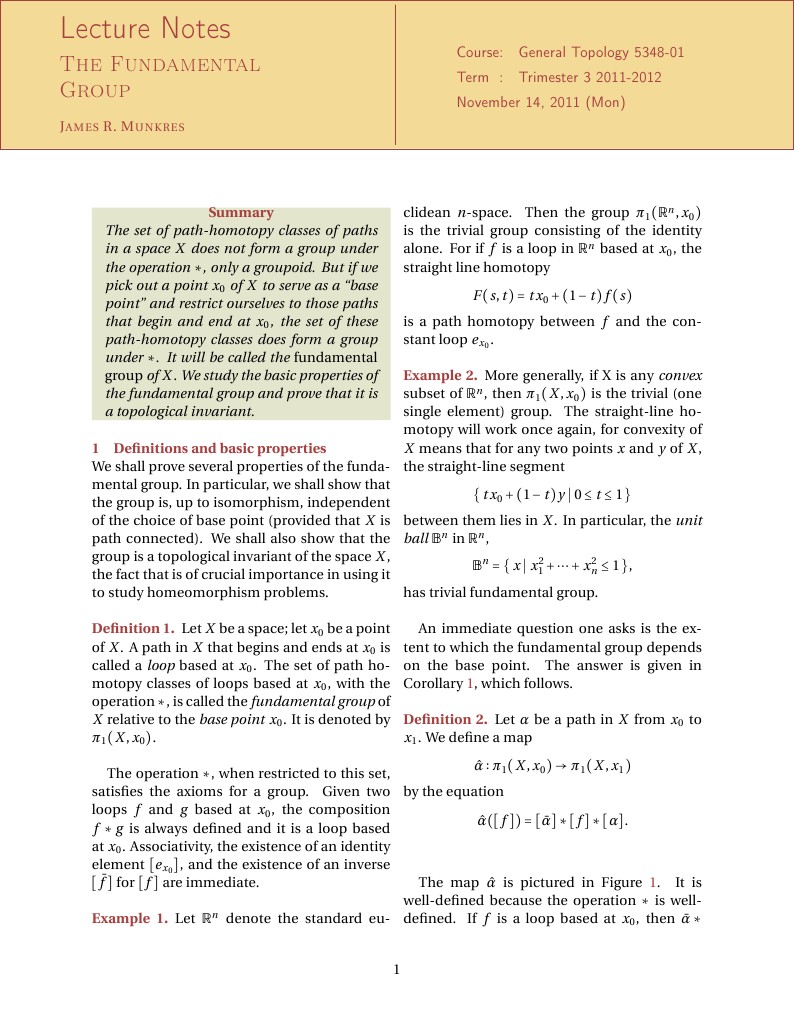
A sample document demonstrating the gridleno style
\begin
Discover why over 20 million people worldwide trust Overleaf with their work.